This is Burma. And it is unlike any land you know.
Rudyard Kipling
Rudyard Kipling, the bard of the British Empire, was right when he wrote: ‘This is Burma. And it is unlike any land you know about.’
He could equally have said, ‘And Yangon (Rangoon in his day) is unlike any city you may have visited.’
Pablo Neruda, Chilean consul in 1927 described it as a city of blood, dreams and gold. Both Burma and Yangon certainly have a past that is liberally sprinkled with blood, dreams and gold. The story of the country and the city are material for a Hollywood blockbuster and is ably told by Amitav Ghosh in The Glass Palace.

The Glass Palace starts off in Mandalay as the British conquer Upper Burma (1885) and tells the rags-to-riches story of Rajkumar, a poor boy from India. It follows three generations through to World War II and takes place in Burma, India and Malaysia. It’s rather a grand sweep of the history and geography of an interesting part of Asia. In addition, the reader learns a lot about the social mores of the times, about the last king of Burma and about Yangon at the height of the teak trading business.
Yangon is certainly unlike any other Asian city I have visited in my fifteen winters of wandering most of which are huge with glass, steel and concrete modern buildings in the central business district surrounded by the more interesting (to me) ethnic quarters of the people who settled there, usually Indian and Chinese.
Yangon is large (about five million) and although it does have Indian and Chinese quarters, they merge imperceptibly into each other and overflow into the central commercial area. Fortunately, glass, steel and concrete buildings are still in short supply even in 2014.
Yangon, or Rangoon as it was called in the days of the British Raj, is situated at the confluence of the Yangon and Bago rivers. It’s a flat city, and would be perfect for walking except it is hot (very hot) and the streets are straight and long (very long). But walking is the best way to see the old colonial buildings, of which Yangon has the greatest number in Southeast Asia.
Dagon, as it was called in the early eleventh century when it was founded, was a small fishing village that grew up around the Shwe Dagon pagoda. This most beautiful pagoda (temple) was built on a small hilltop between the sixth to the tenth centuries by the Mon people. During this period, the land we now call Myanmar was a fragmented set of warring factions. The Mon people settled in what the British referred to as Lower Burma, the southern part bordering with Thailand. Further north lived the Bamar in what the British referred to as Upper Burma.
In 1755, Alungpaya captured Lower Burma, which was ruled by the Mons. Alungpaya who lived near Ava (one of the ancient capitals not far from Mandalay) became king and renamed Dagon as Yangon. The British captured Yangon during the first Anglo-Burmese war (1824-26) but returned it to Burmese administration after the war. The British were still interested in Burma as an adjunct to India and seized Yangon and Lower Burma in the second Anglo-Burmese war of 1852.
As most of Yangon had been destroyed by fire in 1841, the colonial masters set about rebuilding the city as a Victorian hymn to commerce. The new city was laid out on a grid plan, aided by the flatness of the delta region around the two rivers. Upper Burma was captured in the third Anglo-Burmese war (1885) and Yangon became the capital. Shortly after (1889), Kipling stopped off from his ship for one night on his journey from Calcutta to San Francisco and ate dinner at the Pegu Club, the exclusive haunt of British officials and army men. Burma was probably one of the wealthiest countries in Southeast Asia at the time. Teak from the forests of Upper Burma and rice from the Irrawaddy delta (now know as the Ayeyarwady) were shipped out of Yangon. Yangon became an important commercial centre in the later Victorian and early Edwardian periods and the colonial buildings that still abound in the city are a testament to its importance.
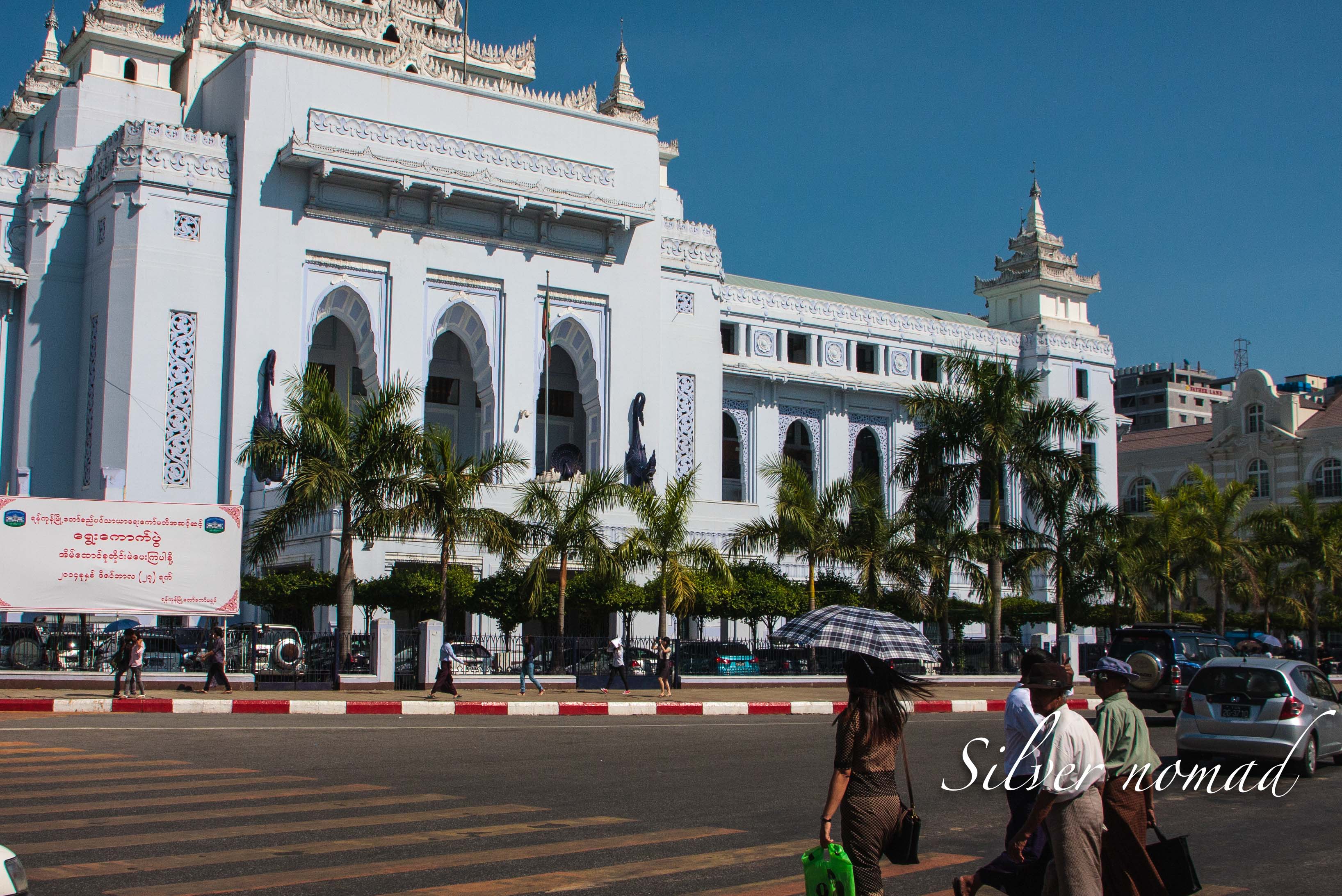
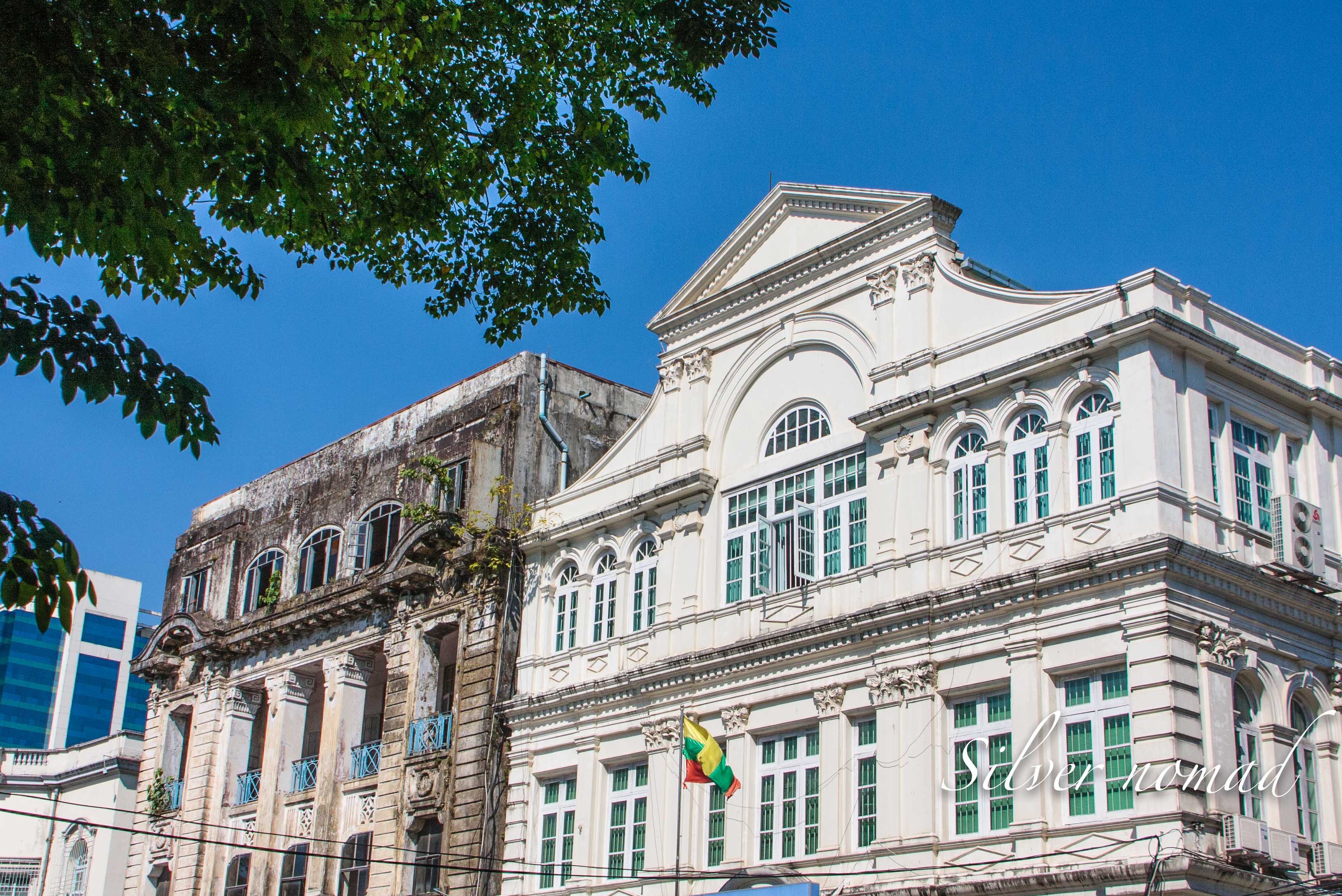
Many of the grander buildings are located along Strand Road, which runs along the river. This would have been the centre of commerce in the old days and many of the buildings reflect this. It’s still a pretty busy area of the city.

Another centre for old colonial buildings is around Yangon City Hall where a striking red clock tower announces the High Court Building. Close by is Maha Bandula Gardens where you can see the Independence Monument that celebrates independence from the British in 1948.
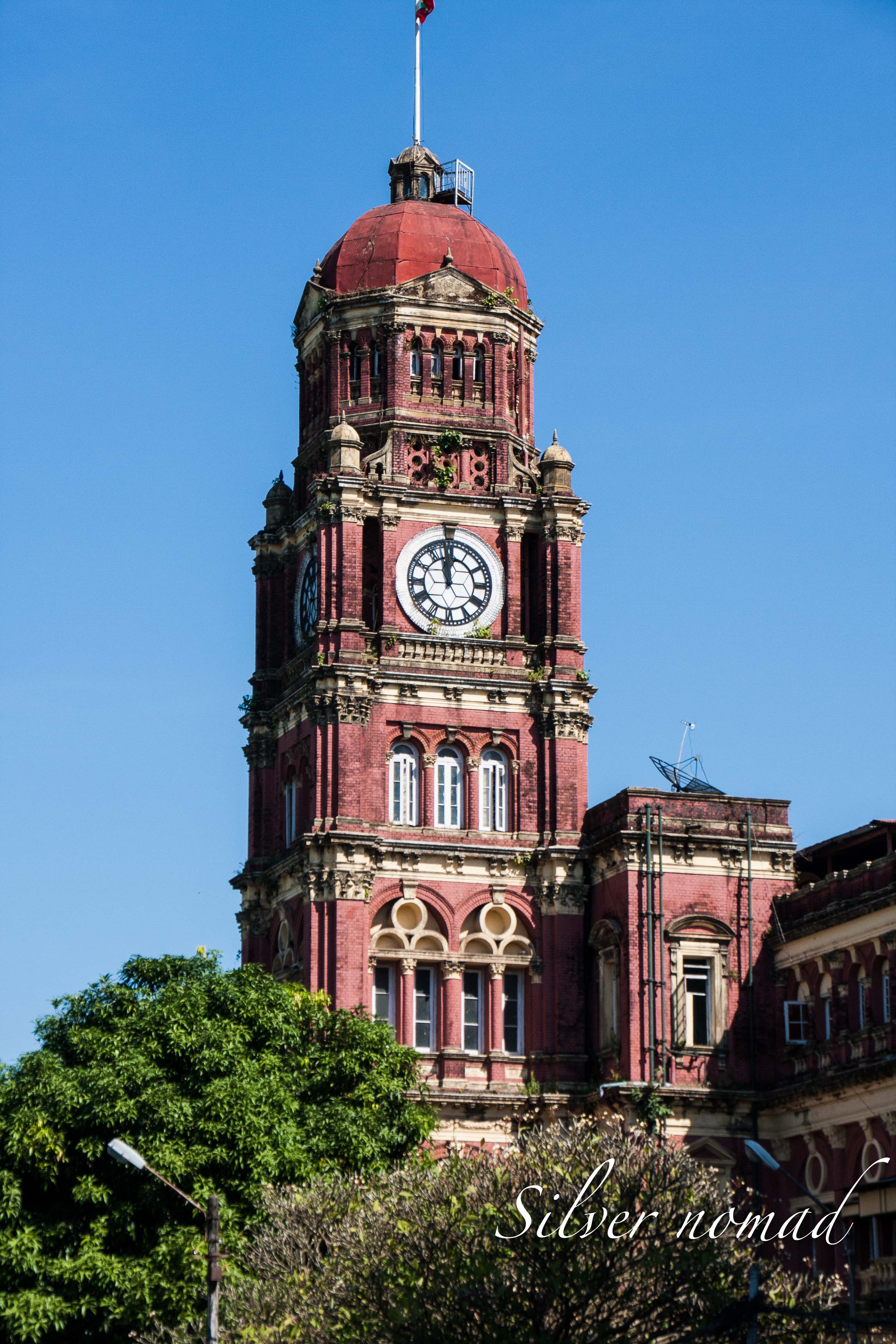



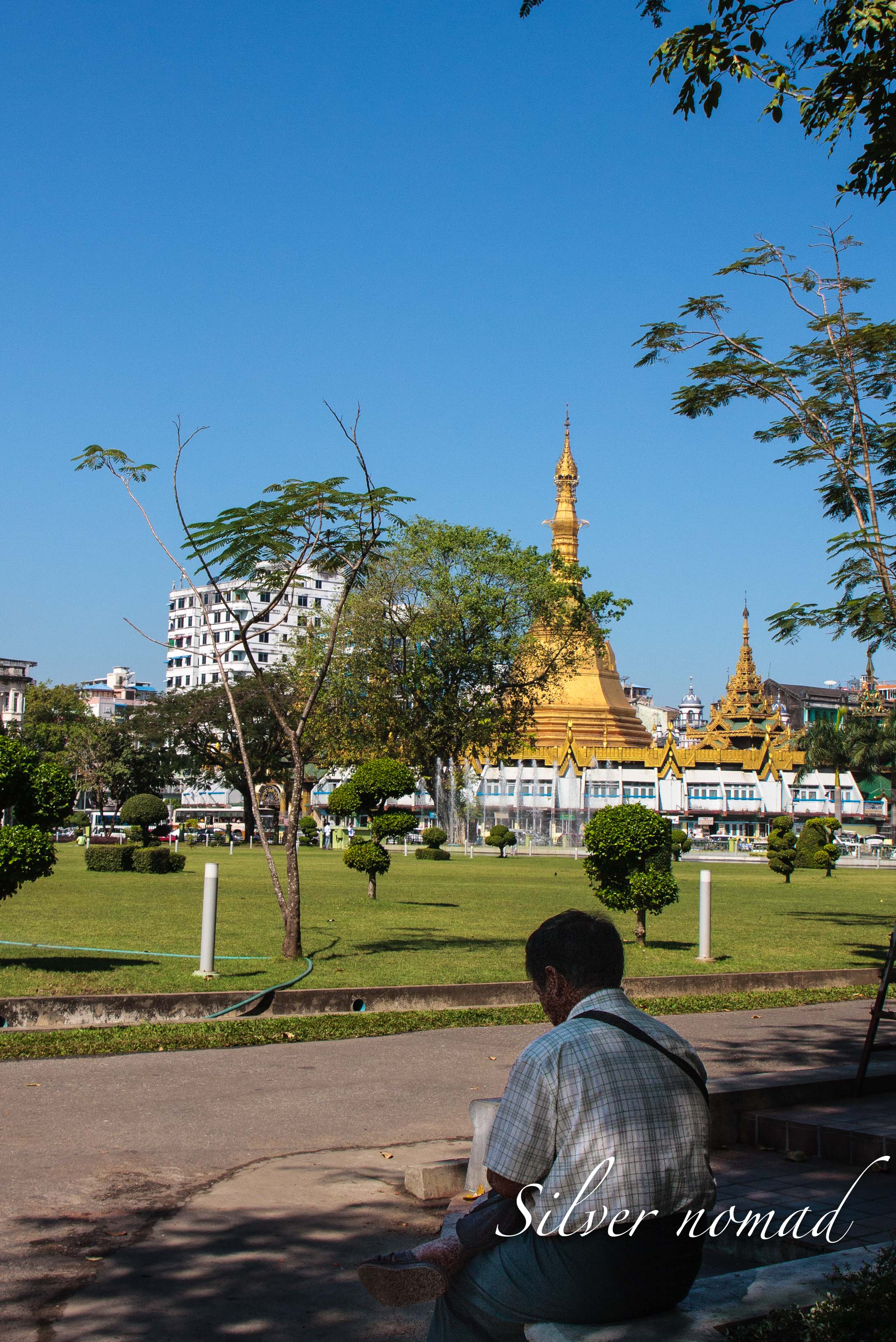
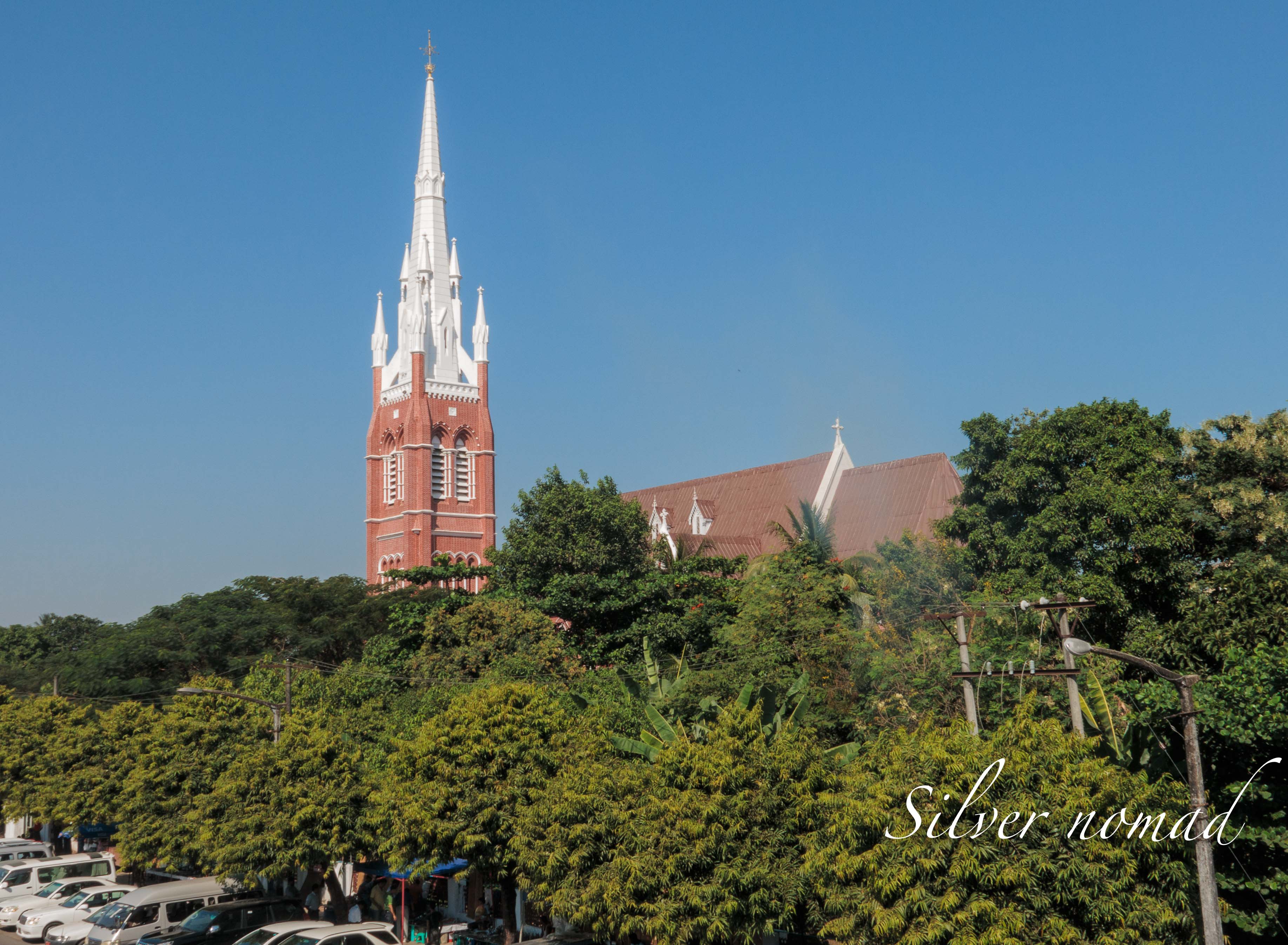
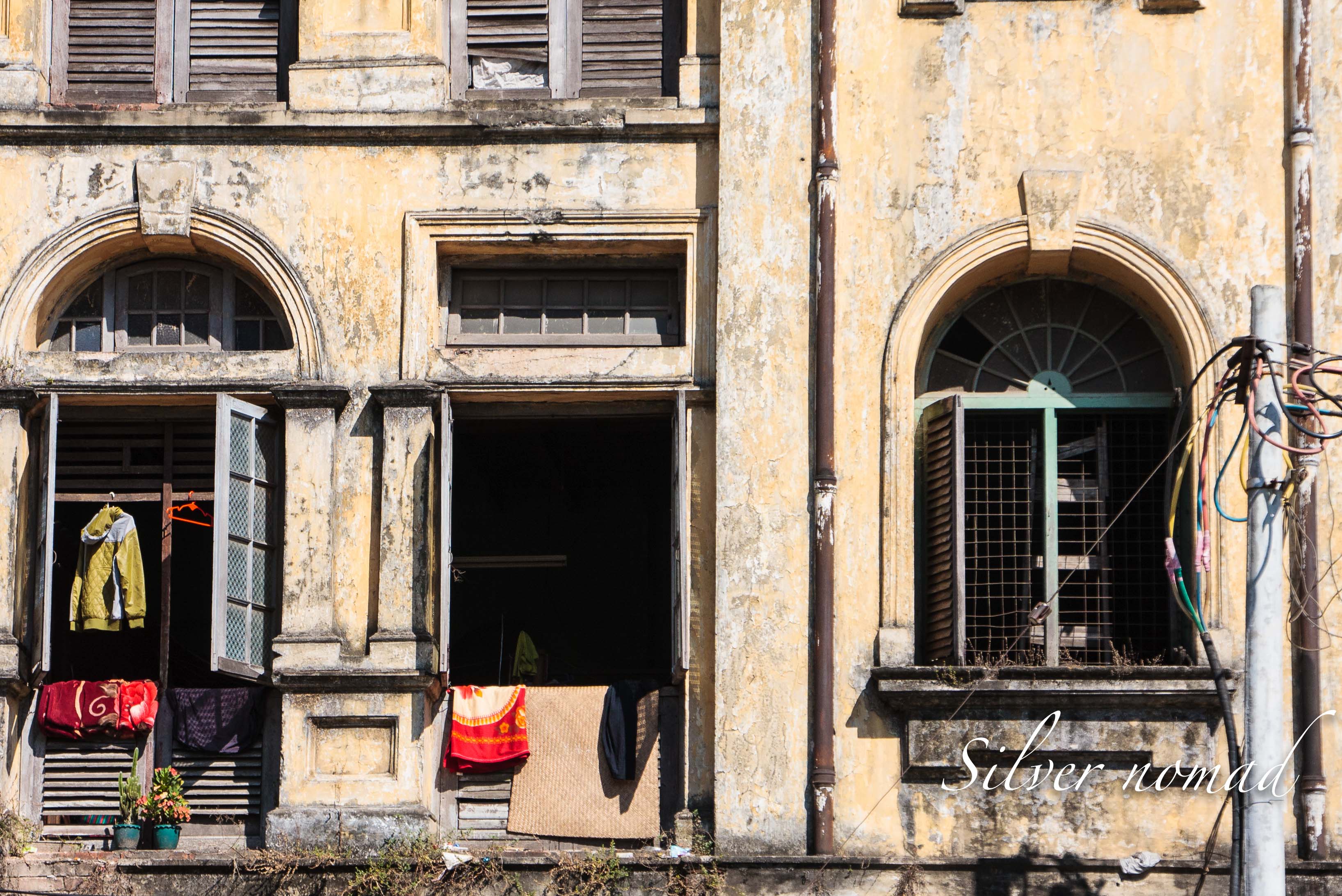

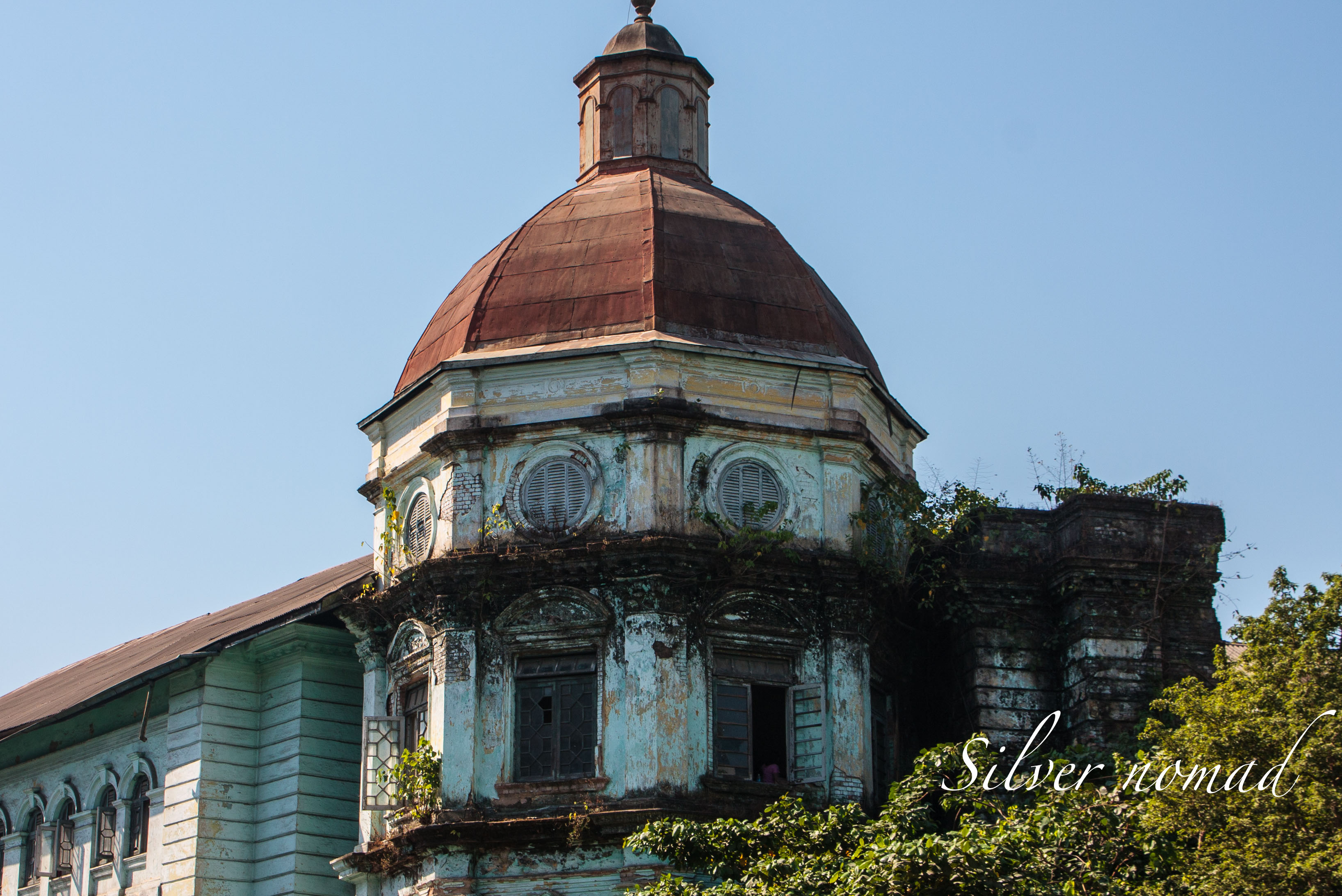

The heart of this old colonial city is, fittingly, a revered temple, Sule Pagoda. It sits in the middle of the road and the vehicles flow around it, a unique oriental take on the British roundabout.

Privacy Policy



Janet, very informative blog regarding Myanmar. I find the text very inspiring and motivational. I must visit Myanmar.
Glad you are enjoying it. Please send link to anyone else who might enjoy my blog.